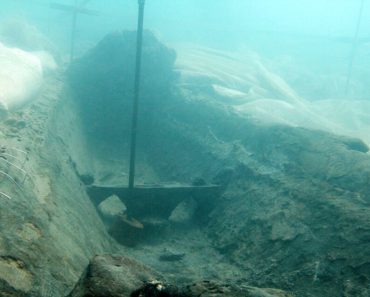In a major recognition of Greece’s cultural heritage, UNESCO has added six Minoan palace sites on Crete to its World Heritage List.
The newly inscribed sites are Knossos, Phaistos, Malia, Zakros, Zominthos and Kydonia — key centers of the Minoan civilization, one of Europe’s earliest advanced societies.
The decision was announced during the 47th session of the World Heritage Committee, following evaluations by the International Council on Monuments and Sites (ICOMOS). The sites were recognized for their outstanding universal value, architectural complexity, and influence on early European civilization.
The successful inscription follows years of coordinated effort led by the Greek Culture Ministry, in collaboration with the Region of Crete, local and foreign archaeological teams, academic institutions, and multiple state bodies.
“This is a historic day for Greece and Crete,” said Culture Minister Lina Mendoni, who attended the announcement. “The Minoan palaces were not just administrative hubs—they were centers of art, innovation, and early writing systems. Their recognition affirms their global significance.”
The sites are protected by extensive legal and conservation frameworks, including newly updated management plans addressing tourism, infrastructure, and climate risks. A parallel initiative, “Cultural Routes of the Minoan Palace Centres,” aims to enhance visitor engagement and safeguard the monuments for future generations.
Regional Governor of Crete Stavros Arnaoutakis called the UNESCO recognition a “turning point” for the island. “It crowns years of systematic work and elevates Crete’s global cultural role,” he said. “Beyond preservation, this inscription boosts education, tourism, and Crete’s international image.”
Dating from roughly 2800 to 1100 BCE, the Minoan palaces represent the peak of a civilization known for its urban planning, maritime trade, and early forms of writing, including Linear A and Cretan hieroglyphics. Their architectural forms were influenced by Egypt and the Near East, but developed uniquely on Crete.
The nomination dossier was led by the Directorate of Prehistoric and Classical Antiquities with contributions from Greek and international archaeologists, the University of Athens, and the Ministry for Climate Crisis and Civil Protection.
The recognition places Crete’s Minoan legacy firmly on the world map, ensuring stronger protection and greater visibility for one of Europe’s most influential ancient cultures.
Follow GTP Headlines on Google News to keep up to date with all the latest on tourism and travel in Greece.










